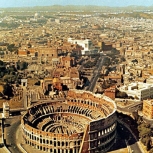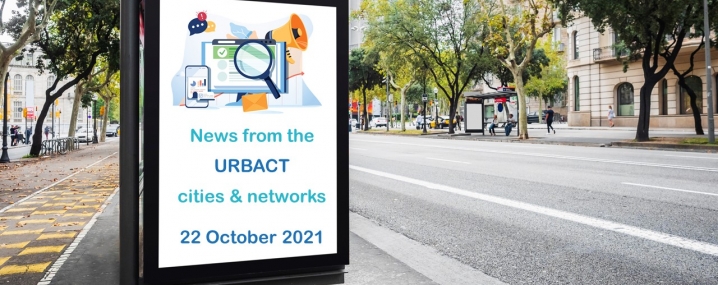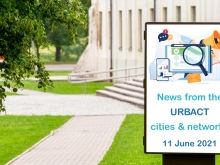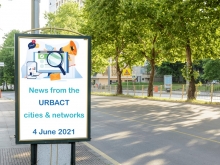
Rome
With a history spanning 2,500 years, Italy’s capital city is the largest and most heavily populated international cultural and business centre in the country. The city has 2.9 million inhabitants, and in the greater Rome area it rises to 4.2 million. It expanded rapidly in the 50s and 60s, when a construction boom created sprawling suburbs. Today the population is slightly older and the birthrate lower than the Italian average. But Rome’s population continues to grow, mainly due to the positive migration balance.
Rome is not a city of heavy industry, and its economy is chiefly based on the service sector. High-technology companies, research, construction and retail are important sources of employment. Of course, as one of the most visited cities in the world, Rome’s economy relies heavily on tourism. It is also the headquarters for many Italian institutions as well as international bodies such as the UN’s Food and Agriculture Organisation and the World Food Programme. Rome is a centre of higher education, and one of its four state universities, La Sapienza, is the largest in Europe with over 140,000 students.
The city’s unemployment rate is one of the lowest of all the EU capital cities. Yet average salaries are lower than in many other Italian cities. As elsewhere in the country, youth unemployment is a rapidly growing problem. Around 9.5% of Rome’s population consists of non-Italians, about half of them from central and eastern Europe. Also, hundreds of Roma gypsies live in illegal camps on the city’s outskirts and there is a growing population of homeless people, estimated at around 7,000.
Article
Food for thought in URBACT cities: the broad effects of eating local
Article
Five great ideas for greener cities
News
News from our cities and networks – 11 June 2021
News
News from our cities and networks – 4 June 2021
Article
EU Green Week inspiration: 5 networks to watch
| M | T | W | T | F | S | S |
|---|---|---|---|---|---|---|
|
|
|
|
1
|
2
|
3
|
4
|
|
5
|
6
|
7
|
8
|
9
|
10
|
11
|
|
12
|
13
|
14
|
15
|
16
|
17
|
18
|
|
19
|
20
|
21
|
22
|
23
|
24
|
25
|
|
26
|
27
|
28
|
29
|
|
|
|







